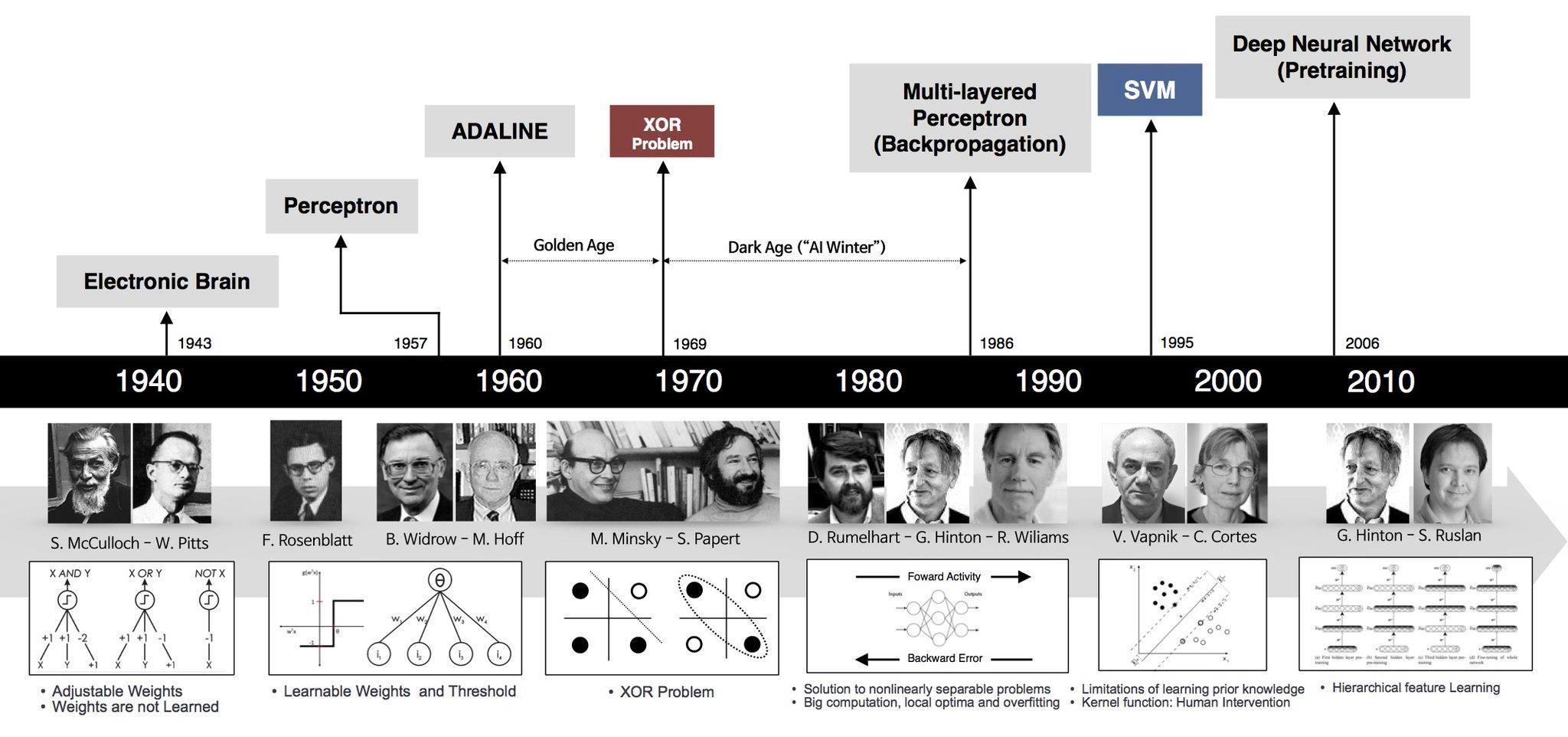From a technical point of view, cellular neural networks unlike many recent deep learning networks perform local computations. It is true that recent deep learning algorithms often use (self-)supervised backpropagation-based learning algorithms. Other algorithms, however, such as Hinton's recently introduced Forward-Forward algorithm also use local computations and is certainly considered a neural network.
Since this question deals with terminology let's also look at the term's origin.
The study of the nervous system tissue (as it can be found in the brain, spinal cord, and peripheral nervous system) known as neurons is what most people consider neuroscience. This multidisciplinary endeavor mainly investigates the origin of behavior through a biological lens. Learning within neural tissue occurs on the micro-, meso- and macro-level and across several temporal orders of magnitude. Molecular DNA-based changes, single neuron plasticity, or network-level changes can all be considered learning.
Among the first to model learning on a specific level of granularity using mathematical modeling were Warren McCulloch and Walter Pitts in the 1940s. Their neurophysiological model of neural activity is considered the origin of neural networks. Since then work on neural networks (such as the work by Hebb, Rosenblatt, Rumelhart & McClelland, and Hinton) is at the intersection between cognitive science, computational neuroscience, and artificial intelligence. Source of the image.

Given the widespread use of the term neural network within difference disciplines, the rich history of artificial neural networks and the actual existence of a wide range of mechanisms within biological tissue, cellular neural networks can certainly be called neural networks.

